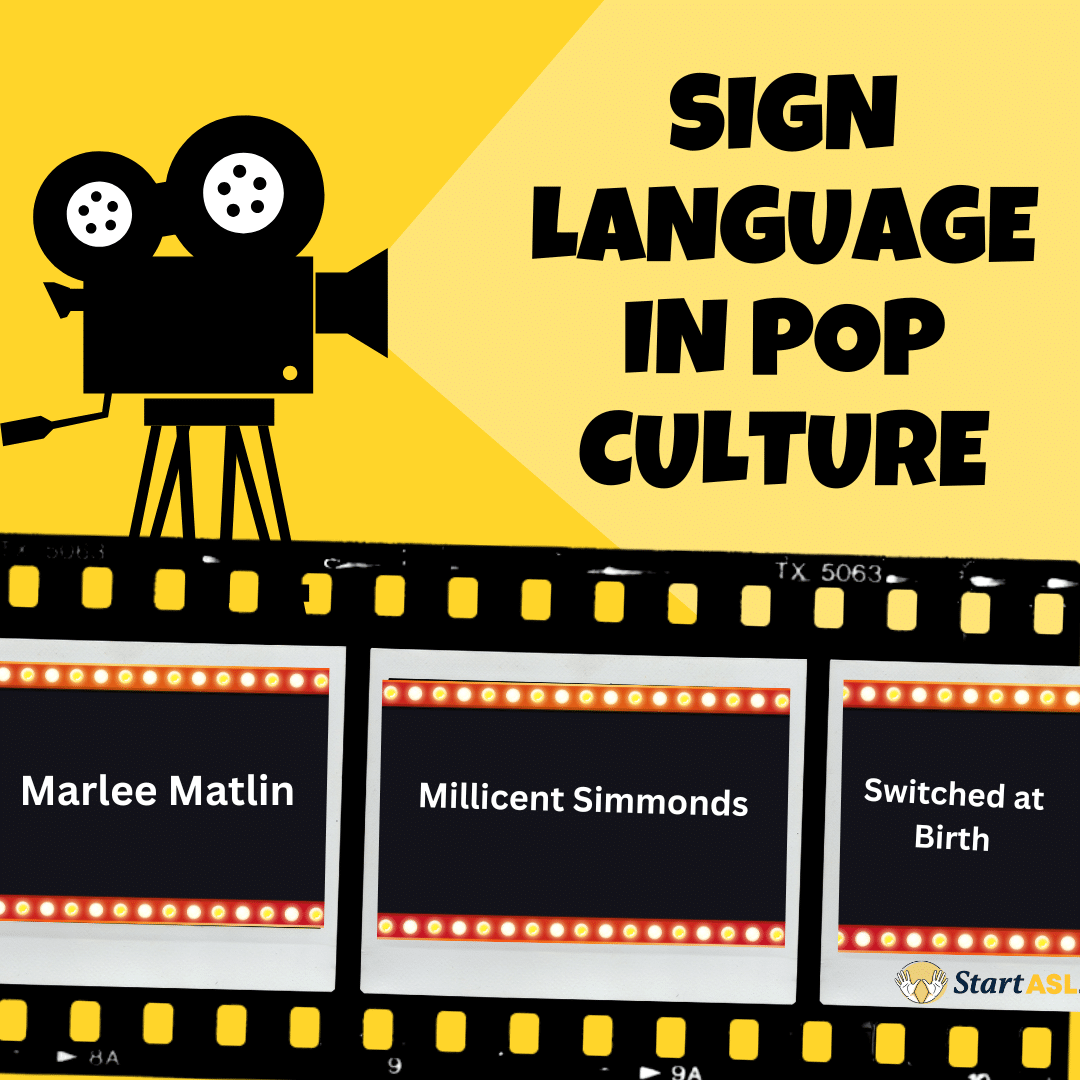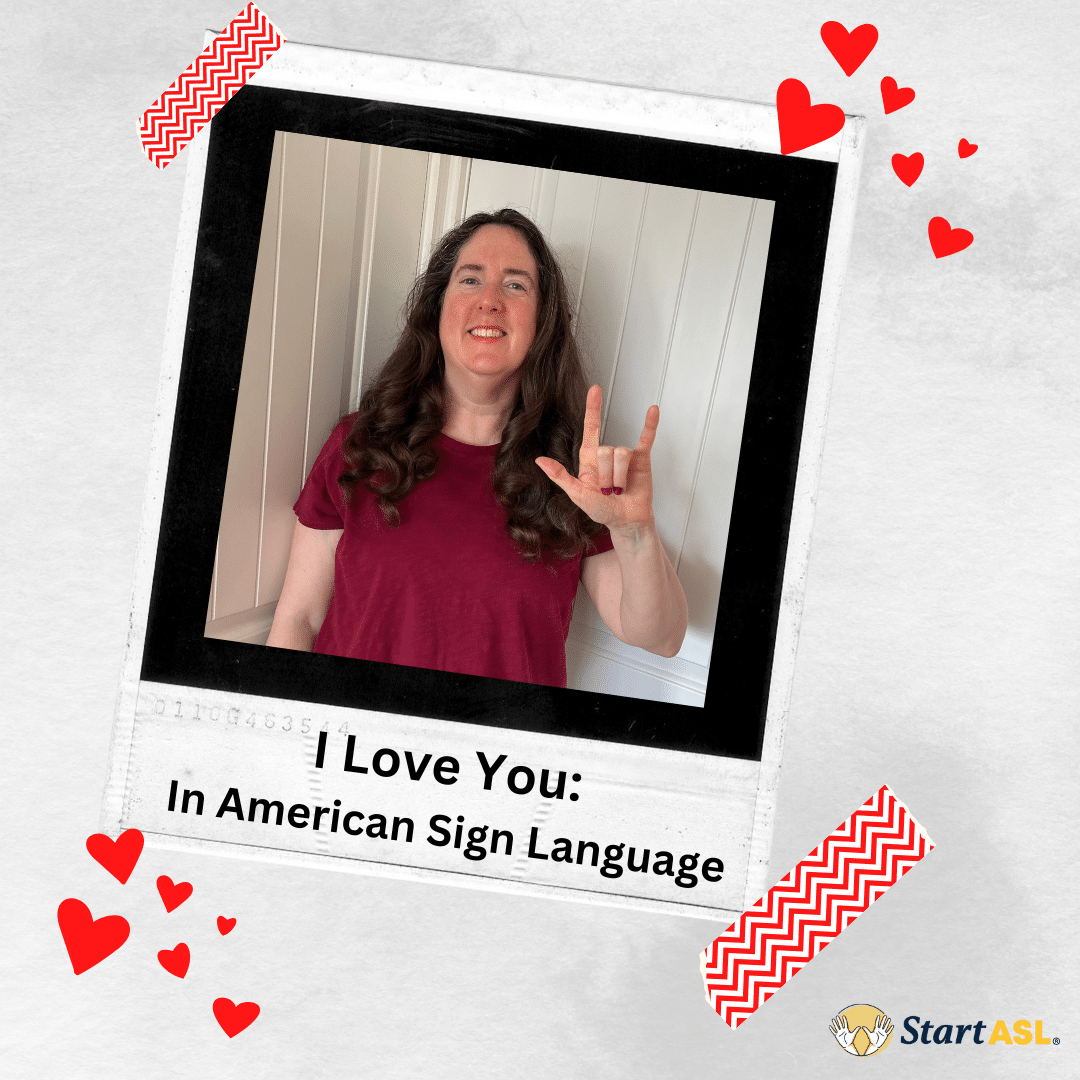
A World of Ableism; Challenges of Deaf and Hard of Hearing Community During a Global Pandemic
- by Michelle Jay
- No Comments
by Maddie Hammer (08/24/2020)
Since its discovery in December, the widespread outbreak of SARS-CoV2 has infiltrated every aspect of our lives. The outbreak duration is still ongoing and there have been more than 21 million cases in over 210 countries. And although there is currently no vaccine or cure, the World Health Organization (WHO) and other scientists/groups have come together alerting the public on what we can do to help stop and slow the spread of COVID-19. New Coronavirus safety measures such as the use of masks and also accessibility to translation services have revealed inequitable disparities among marginalized groups.
Through reliable research and recommendations, the use of masks plays an important part as a preventative control measure that can limit the spread of COVID-19. Despite its importance, however, it can make day-to-day communication that much harder for the deaf and hard of hearing community. Although not all deaf or hard of hearing people can lipread, those who rely heavily on it and facial expressions are struggling more than ever. Already, only 30% of speech from lip-reading alone is detectable in general. Now with the requirement and necessity of masks, lip-reading is even more challenging and a lot of people are struggling to effectively communicate and understand others. Efforts have been made to make more accessible and deaf-friendly face masks, for example by incorporating clear windows. While this is great, there has been a lot of debate on the efficacy of the clear-front masks. But as more companies are meeting the public guidelines set in place by the Center for Disease Control and Prevention, more people are trying them out.
Language barriers also get in the way of basic health communication. The lack of access to vital information related to COVID-19 is a real public safety concern. There are so many factors that correspond to a greater amount of major health issues for monolingual people, for example, they are 2x as likely to have a certain disease. Without accessible health communication and strenuous language barriers, there is a greater risk people within the deaf and hard of hearing community are going to get corona. Translation services play a big factor in this as well when needing an interpreter and/or relying on readable captions. Because of hospitals’ tighter restrictions on visitors to maintain a safe environment for patients, they keep the number as low as possible. This might mean deaf and hard of hearing individuals won’t be able to bring their interpreters to medical appointments, thus preventing or discouraging proper care. Conferences over Zoom, Skype, Google Meet, or any other video communication service might not have access to legible captions if any at all. The Deaf association is actually in the process of suing the White House on a first amendment violation of not having sign language interpreters at coronavirus briefings.
Right now, everyone is struggling during this pandemic. But the deaf and hard of hearing communities have been especially suffering this life-and-death situation. It is no longer acceptable that they have massive delays in accessing information that they should be able to get at the same time as hearing people do. Audism is a real issue in all parts of the world and it is detrimentally negatively affecting the deaf and hard of hearing community.
Work Cited
Lefrak, Mikaela. “New Coronavirus Safety Measures Pose Challenges For The Deaf And Hard-Of-Hearing.” NPR, NPR, 29 Apr. 2020, www.npr.org/2020/04/29/847925057/new-coronavirus-safety-measures-pose-challenges-for-the-deaf-and-hard-of-hearing.
Taylor, Derrick Bryson. “For the Deaf, Social Distancing Can Mean Social Isolation.” The New York Times, The New York Times, 4 June 2020, www.nytimes.com/2020/06/04/us/coronavirus-deaf-culture-challenges.html
Polantz, Katelyn. “Deaf Association Sues to Force White House to Use Sign Language Interpreters at Coronavirus Briefings.” CNN, Cable News Network, 3 Aug. 2020, www.cnn.com/2020/08/03/politics/sign-language-interpreters-coronavirus-briefings/index.html.
Ueda, Jamie. “The Benefits of Clear Face Masks-and Where to Buy Them.” USA Today, Gannett Satellite Information Network, 23 July 2020, www.usatoday.com/story/tech/reviewedcom/2020/07/22/benefits-clear-face-masks-and-where-buy-them/5489635002/.
Campisi, Jessica. “Deaf Americans Are Urging the White House to Use Sign Language Interpreters at Coronavirus Briefings.” CNN, Cable News Network, 30 Apr. 2020, www.cnn.com/2020/04/23/politics/white-house-interpreter-coronavirus-briefings-trnd/index.html.
UCSF Health. “Visitor Restrictions at UCSF Due to the Coronavirus (COVID-19).” Ucsfhealth.org, UCSF Health, 19 Aug. 2020, www.ucsfhealth.org/for-visitors/visitor-restrictions-due-to-coronavirus.










